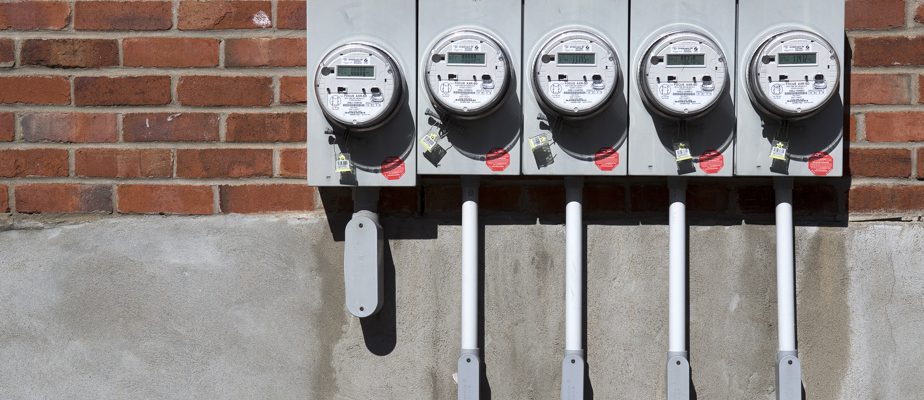(Montreal) Energy poverty affects nearly one in five households, according to a team from the Canada Research Chair in Housing, Community and Health at McGill University, which has been studying the phenomenon for four years now.
Energy poverty refers to the difficulty of having access or having the means to benefit from energy services at home, of being able to maintain comfortable temperatures within it and of living in dignity, explains Mylène Riva, holder of the research chair and associate professor in the department of geography at McGill University.
According to her, this energy poverty takes different faces.
We see energy poverty, for example, for households who have to decide where to allocate the monthly budget, so either pay electricity bills or put food on the table.
Mylène Riva, research chair and associate professor in the department of geography at McGill University
“Energy poverty is not just a bill that households receive which is high for their ability to pay, it is also inadequate housing conditions,” adds the professor, citing as an example poorly insulated houses, those with mold problems, or homes that are more humid and difficult to heat.
State of the situation in Canada
One of the most recent studies by the team of researchers was published in the Canadian Journal of Public Health in 2023, and attempted to explore the association between energy poverty among Canadian households and health based on data from the 2018 Canadian Housing Survey.
“We observed statistically significant associations between living in a household experiencing energy insecurity and reporting poorer general health and poor mental health,” concludes M.me Riva.
Another of their studies, published by Energy Research and Social Science, in 2021, reveals that 19% of Canadian households would be in a situation of energy poverty, three percentage points more than in Quebec. The situation remains particularly worrying in the Maritimes, where one in three households would be affected.
To this end, the results obtained by the Canada Research Chair in Housing indicate that energy poverty affects rural areas more. Several factors contribute to this disparity, such as the socio-economic status of households, but also the composition of housing. “What we see in rural areas is houses that are larger. […] and employment opportunities that are different,” specifies M.me Riva.
An unfair energy transition?
If the issue of energy poverty has long remained in the shadows of public policies, the subject is resurfacing as Canada seeks to lead its energy transition, according to researchers.
However, provincial and federal programs are far from equitable and mainly target wealthier people. “The majority of programs that exist at the moment target households that are owners and often owner households with the capacity to borrow to carry out energy-efficient renovations or with the capacity to pay for the renovations and be reimbursed through the programs more late,” says Mme Riva.
She mentions that this energy transition is taking place at a time when Canadian households are going through “an affordability crisis”. According to her, programs must take into account the dimension of equity to ensure that the transition can be everyone’s business.
“Fighting against energy poverty is essential for a fair energy transition and for climate resilience,” mentions the study published in 2023.
A battery of tests to come
Mylène Riva admits that a lot of work remains to be done in order to paint an accurate portrait of energy poverty in Canada.
First, his team is continuing its collaboration with Bridgewater, in Nova Scotia, to assess the impacts of one of its projects aimed at reducing energy costs and developing affordable solutions. In 2022, the team conducted a survey of some 500 Bridgewater residents and the results were particularly revealing. 38% of respondents were in a situation of fuel poverty, 12% said they had difficulty sleeping the previous winter because it was too cold in the home and 8% reported being able to see their breath in the home, indicates Mme Riva.
Then, the Canada Research Chair in Housing, Community and Health continues to collect data in Quebec and wishes to pay particular attention to the situation of tenants.
Researchers are also organizing a conference on the issue during the 91e congress of the French-Canadian Association for the Advancement of Sciences (ACFAS), in May. “It’s a theme that is gaining in importance and interest,” rejoices M.me Riva.
